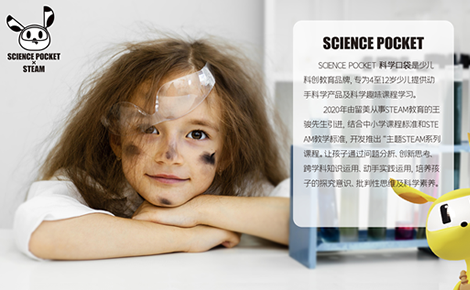
1个回答
Drilling Machine

Introduction:
A drilling machine, also known as a drill press, is a powerful tool used to create holes in various materials such as wood, metal, plastic, and more. It is an essential equipment in industries like construction, manufacturing, woodworking, and metalworking. This article aims to provide an overview of drilling machines and their components, working principles, and applications.
Components of a Drilling Machine:
A typical drilling machine consists of several key components, including the base, column, table, spindle, chuck, and motor. The base is a sturdy platform that supports the entire machine. The column is a vertical pillar attached to the base, providing stability and vertical movement. The table is a flat surface that holds the workpiece and can be adjusted horizontally and vertically. The spindle is a rotating shaft that holds the drill bit and provides the necessary torque. The chuck is a mechanism that securely holds the drill bit in place. Lastly, the motor powers the machine and drives the drill bit rotation.
Working Principles:
The drilling machine operates based on the principle of rotary motion. When the motor is turned on, it drives the spindle to rotate. The operator adjusts the speed and depth of the drilling by controlling the motor's speed and the position of the workpiece on the table. As the spindle rotates, the drill bit cuts into the material, creating a hole. The operator applies downward pressure on the drill bit to ensure efficient drilling. Various types of drill bits can be used depending on the material being drilled, such as twist bits, spade bits, hole saws, and more.
Applications:
Drilling machines have a wide range of applications across different industries. In construction, they are used for creating holes in walls, floors, and ceilings for electrical wiring, plumbing, and ventilation systems. In manufacturing, drilling machines are utilized for precision drilling in metal components, such as engine parts, gears, and chassis. Woodworking industries employ drilling machines for creating holes for dowels, screws, and other joinery techniques. Additionally, drilling machines are also used in mining and oil exploration to extract core samples and explore underground resources.
Safety Considerations:
When operating a drilling machine, safety should always be a top priority. Operators should wear appropriate personal protective equipment, including safety glasses, gloves, and hearing protection. It is crucial to secure the workpiece firmly on the table to prevent it from rotating or moving during drilling. The drill bit should be properly tightened in the chuck to avoid accidents caused by a loose bit. Additionally, the operator should be cautious of the rotating spindle and avoid wearing loose clothing or jewelry that could get caught in the machine.
Maintenance and Care:
Regular maintenance and care are essential for ensuring the longevity and efficiency of a drilling machine. The machine should be cleaned after each use to remove any debris or dust that may accumulate. The motor and other moving parts should be lubricated regularly to reduce friction and prevent wear and tear. The drill bits should be inspected for any damage or dullness and replaced if necessary. It is advisable to follow the manufacturer's guidelines for specific maintenance procedures and intervals.
Conclusion:
Drilling machines are indispensable tools in various industries, providing efficient and precise hole creation in different materials. Understanding the components, working principles, applications, and safety considerations of drilling machines is crucial for operators to ensure successful and safe operation. Regular maintenance and care are essential for prolonging the lifespan of the machine and maintaining its efficiency. By utilizing drilling machines effectively, industries can enhance productivity and achieve high-quality results in their operations.


 扫一扫关注品牌网
扫一扫关注品牌网


 浏览(132)
浏览(132)

 赞(0)
赞(0) 分享
分享 举报
举报



















